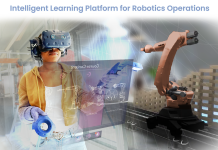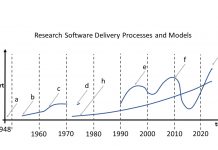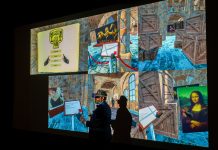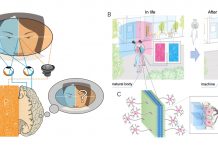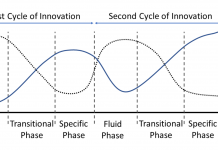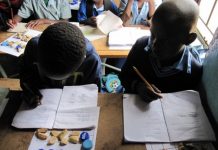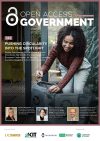Home 2024
Archives
Intra-operative imaging solutions for surgeons
Birgitta Dresp from the Centre National de la Recherche Scientifique (CNRS) discusses the challenges associated with intra-operative imaging technology and the quest for gold standards of surgical skill.
How do we prepare our youth for a world of big data?
Nancy Butler Songer, Associate Provost of STEM Education at the University of Utah, considers the importance of developing primary and secondary school programs in STEM fields that support students in developing the competencies with big data.
Confronting digital ageism: Towards a better aging future
Kim Sawchuk, Professor of Communication Studies at Concordia University, explores tackling digital ageism to build a better future for aging.
Wrestling with the deepfakes: Detection and beyond
Siwei Lyu, SUNY Empire Innovation Professor from the University at Buffalo, State University of New York, delves into detection and beyond in the realm of DeepFakes, starting with a look at what they are.
Algorithm “DPTM” for continuous authentication with behavioural biometrics
Takeshi Yamada, Professor from Daiichi Institute of Technology, describes the algorithm “DPTM” for continuous authentication with behavioural biometrics, beginning with the current device security outlook.
Do research software engineers have research methods?
Dr Joanna Leng, School of Computing, University of Leeds, Dr Phillip Brooker, School of Sociology, University of Liverpool and Emeritus Prof Wes Sharrock, School of Sociology, University of Manchester, all from the UK, ponder if Research Software Engineers have research methods, plus why today, we have increasingly more types of academic research institutions and organisations.
Tuneable phononic crystals and topological acoustics
Sourav Banerjee, Professor from the University of South Carolina, navigates the field of tuneable phononic crystals and topological acoustics.
Toward human systems integration maturity
FlexTech Chair’s founder, Professor Guy André Boy, briefly traces the development of human systems integration.
Inclusive digital rural transformation: Co-developing a digital service marketplace for regional ecosystems
Michel Ehrenhard, Yasin Sahhar, Tina Hormann & Myriam Martin, place the spotlight on inclusive digital rural transformation, in particular, co-developing a digital service marketplace for regional ecosystems.
Digital twins shake up heat exchanger design: Vestas Aircoil and University of Sheffield forge...
Beyond blueprints, beyond prototypes, lies a future where humans and machines design in harmony. Dive into the groundbreaking collaboration between Vestas Aircoil and the University of Sheffield, where digital twins unlock sustainable engineering breakthroughs.
The role of stacked codes in the digital age
Chris Girard from Florida International University, sheds light on how, in the digital age, stacked genetic, computer, and quantum codes are being edited by university-trained experts.
Reducing data volume in big data: Parallel processing based data filtering techniques
Professor Shikharesh Majumdar from Carleton University examines reducing data volume in big data, focusing on parallel processing based data filtering techniques.
Harnessing AI for enhanced learning: Insights from the robotics academy
How technology is tailoring personalised learning experiences for the AEC sector.
Computing: Paradigm shifts, adoption, new digital professionals rising
Dr Joanna Leng, School of Computing, University of Leeds, UK and Dr Phillip Brooker, School of Sociology, University of Liverpool, Emeritus and Prof Wes Sharrock, School of Sociology, University of Manchester, focus on computing: paradigm shifts, charting the adoption and the rise of new digital professions.
Bridging realities: Dr. James Hutson on XR, GenAI, and gamification
The work of James Hutson, Lead XR Disruptor, Department Head at Lindenwood University, concerning bridging realities is placed under the spotlight
AI consciousness and neuroscientifically plausible “seamless” mind-uploading
Masataka Watanabe, Associate Professor at the University of Tokyo’s School of Engineering, examines a test for AI consciousness. He proposes it as part of a scientific approach to deciphering consciousness that leads to “seamless” mind uploading.
FFEA software: Repeated early innovation
Dr Joanna Leng, Senior Research Software Engineering Fellow at the University of Leeds, discusses software with repeated early innovation using the example of the FFEA software.
Exploring the role of machine learning in materials science and engineering
In this paper, Professor Dane Morgan and Research Scientist Ryan Jacobs, from the University of Wisconsin, Madison, discuss their adventures in the field of machine learning in the areas of materials science and engineering.
Fostering fundamental computational skills, a global challenge
Koji Watanabe, Professor from Miyazaki International University in Japan, argues that fostering fundamental computational skills is a global challenge.
Crafting investment models through contradictory value and momentum investment strategies by artificial intelligence
Professor Chien-Feng Huang discusses how Artificial Intelligence could provide innovative models and strategies to solve investment problems.

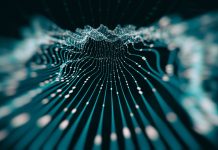
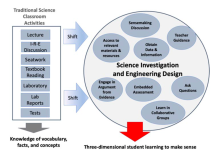

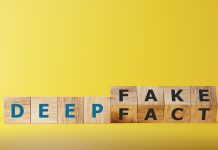

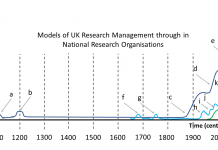
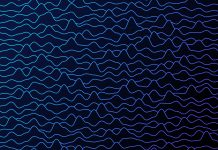

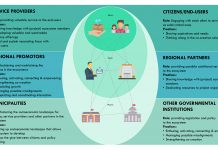

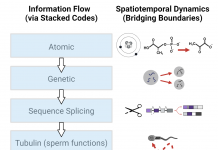
![Reducing data volume in big data: Parallel processing based data filtering techniques Figure 2: Example of Filtered Video Frame [from (2)]](https://www.openaccessgovernment.org/wp-content/uploads/2024/01/Figure-2-218x150.png)
